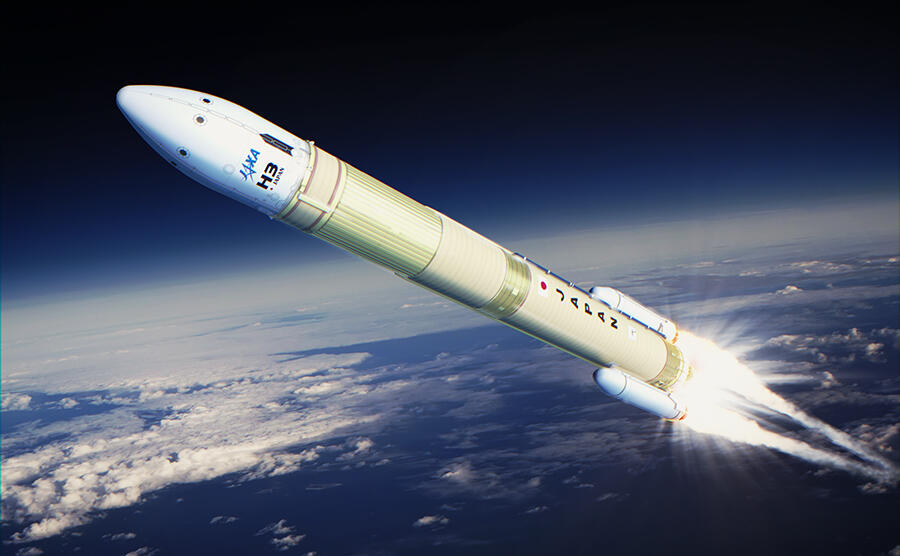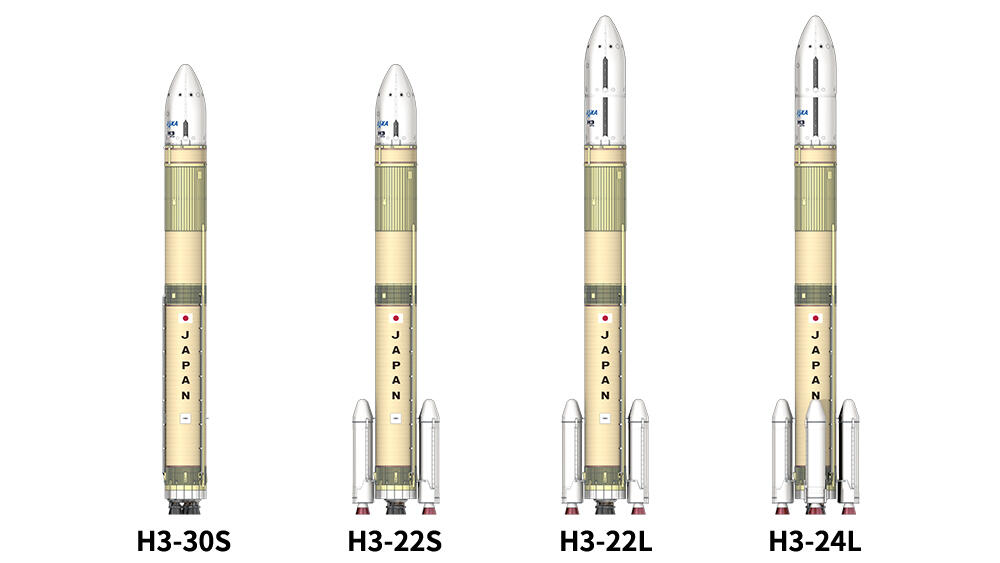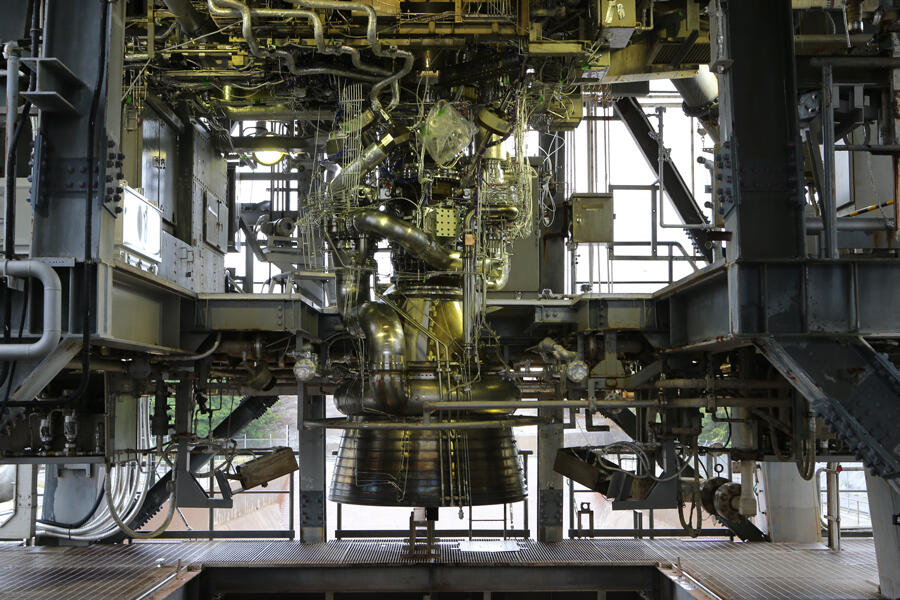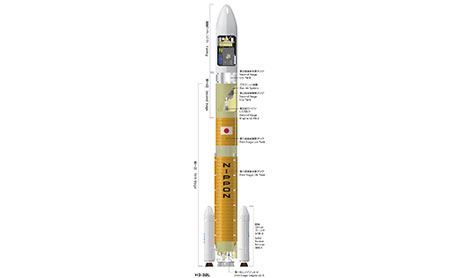About H3 Launch Vehicle
 |
The H3 Launch Vehicle is Japan's new mainstay launch vehicle. Our goal is to provide “easy-to-use rockets” that offer flexibility, high reliability, and great cost performance, developed by always remaining mindful of the users' perspectives. These developments are being advanced by the collective efforts of JAXA together with Japanese companies. |
|---|
Project Topics
index[UPDATED]Live Coverage: Launch of the First H3 Launch Vehicle (H3 TF1:Test Flight No.1) with Advanced Land Observing Satellite-3 “DAICHI-3” (ALOS-3) onboard
|
JAXA will provide the live coverage of the launch of the first H3 Launch Vehicle (H3 TF1:Test Flight No.1) with Advanced Land Observing Satellite-3 “DAICHI-3” (ALOS-3) onboard based on the new launch date. Broadcast Start: around 9:40 a.m. (JST) / 0:40 a.m. (UTC) on March 7, 2023 Launch Time: 10:37:55 a.m. (JST) through 10:44:15 a.m. (JST) Launch Site: JAXA Tanegashima Space Center LIVE:Launch of H3 TF1(Youtube) ... |
Press Release
index-
- Oct. 26, 2025 (13:00) [release]
- Status of the HTV-X1 after Separation from the H3 Launch Vehicle
-
- Oct. 26, 2025 (12:00) [release]
- Launch Result of New unmanned cargo transfer spacecraft1(HTV-X1) aboard the 7th H3 Launch Vehicle (H3 F7)
Characteristics of H3 Launch Vehicle
1. Goal to be easy-to-use launch vehicle
Based on our investigation and prediction of what kind of launch needs will arise in 2020 and beyond, the H3 Launch Vehicle aims at achieving three factors namely, high flexibility, high reliability, and high cost performance.
High flexibility
We will offer an appropriate launch price and capability for each user's needs by preparing various launch vehicle configurations. We can also respond promptly to customers' requests for launching their payloads by reducing the launch preparation period.
High reliability
By inheriting the high launch success rate of the H-IIA Launch Vehicle, H3 will also offer a reliable launch.
High cost performance
The launch service price will be lower compared to that of H-IIA
2. Most powerful launch with various launch configurations
We offer a selection of two types of fairings, two or three units for the first-stage engines (LE-9) and zero, two or four solid rocket boosters (SRB-3) to cope with various payload sizes and their orbits. We also set a high launch capability to the geostationary transfer orbit (GTO) that exceeds the capabilities of H-IIA and H-IIB.

Major characteristics of Standard H3 (H3-24L)
| Length: | 63 meters |
|---|---|
| Total mass: | 574 tons (without payloads) |
| Guidance system: | Inertial guidance system |
LE-9 Engine
 |
The LE-9 engine is the main engine of the H3 Launch Vehicle. The H3's engine needs greater thrust than any other liquid rocket engines ever developed by Japan. To realize this highthrust, high-reliability and low-cost engine, we adopted the "expander bleed cycle" method, which JAXA has gained knowledge on from the development and operation of the LE-5 engine series. This method has advantages of reducing the number of engine parts and making the engine less prone to abnormal combustion. We also introduced new technologies such as 3D printing to make the engine structure simpler for further increasing the reliability and lowering the cost. |
|---|
 Large Image
Large Image